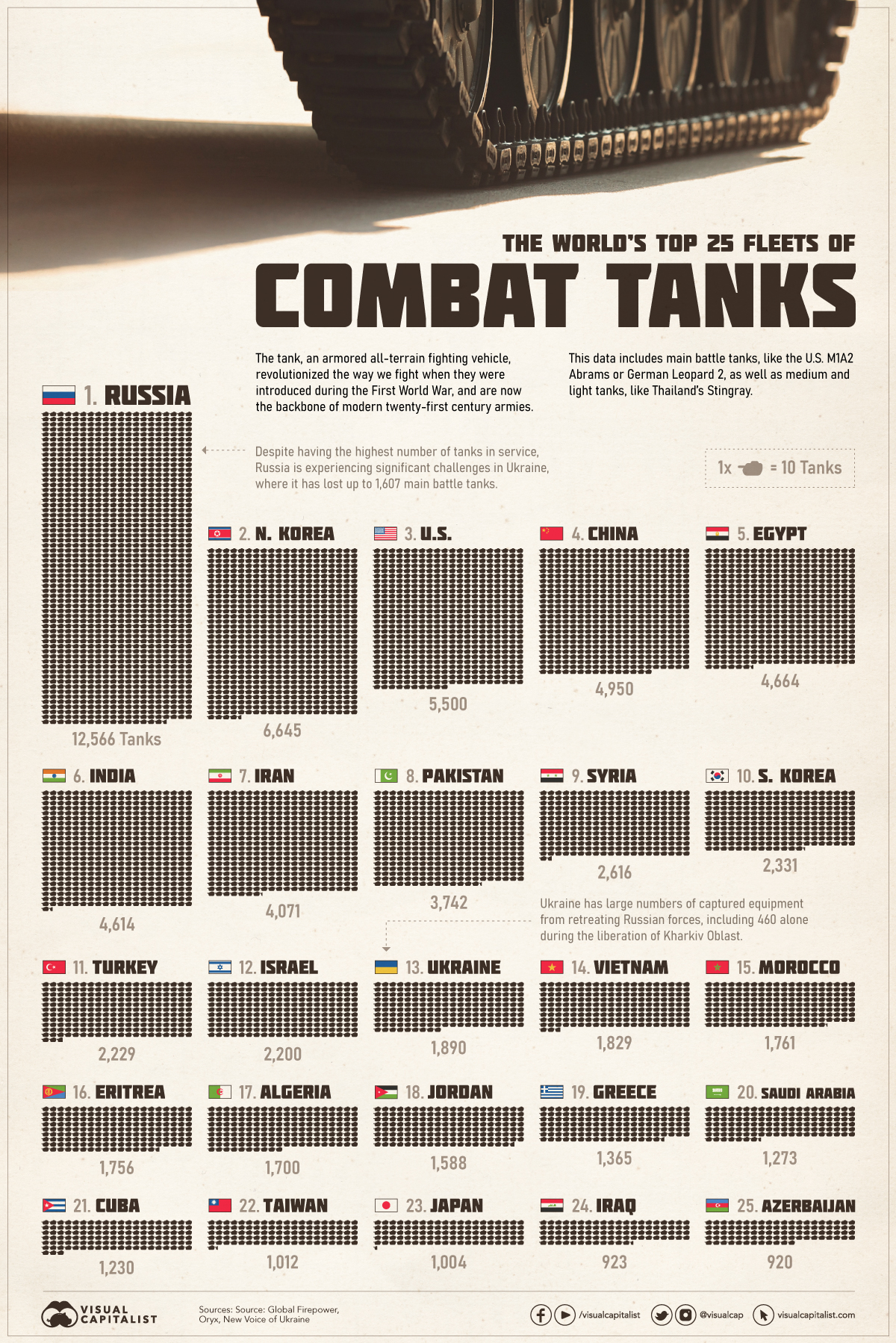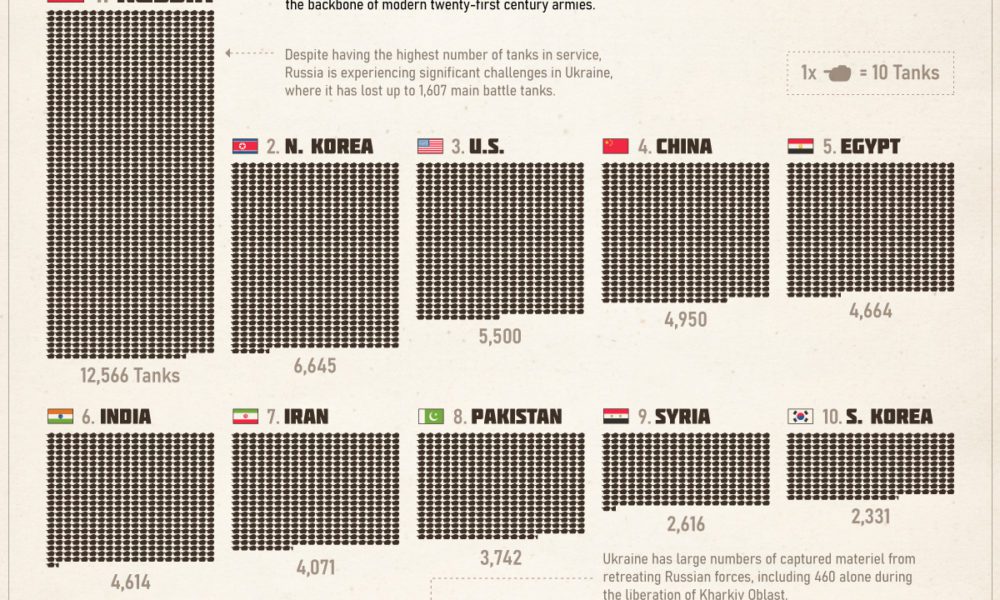Thanks FJAG, I knew you’d w
I’m not discounting lessons learned in WW2, but I think today there’s a major difference in the ability to locate the source of enemy fire while the first shell is in the air, and, tech and flexibility allowing, dispatch a counter-battery fire mission very quickly in reply. I was alluding partly to that.
I also think it’s fair to distinguish between professional and experienced artillery corps within western armies that have been playing with this for a while, and hastily raised and equipped Ukrainian forces that are still learning on the fly while culturally shifting (and it seems not always consistently or smoothly) from Soviet models to Western ones.
Though as I said, this is wild guesses from a dude who never shot anything indirect bigger than a 60mm mortar. I offer these thoughts mostly so I learn when you guys knock ‘em down. Thanks!
Thanks FJAG, I knew you’d weigh in with some good insight.Canada made extensive use of SPs during the latter phases of WW2 by way of the Sherman mounted 105mm Priest (There was also the 25 pdr Sexton. By the end of the war Canada employed 48 of each - based on eight-gun batteries with three per regiment so 4 regiments in total). 3rd Div had them for the landing at Normandy and the subsequent breakout. There were also 150 self propelled 17 pdr anti-tank guns and 75 armoured FOO vehicles in 4 and 5 Armd Div which had also received the SP guns after Normandy.
Self propelled guns stayed with the Militia (four regiments - 18th, 26th, 29th and 39th Fd Regt (SP) RCA) after the war until the Kennedy Board gutted the reserves in 1968 and M109s were bought for the RegF, initially for a regiment in each of Germany and Canada although that changed over time).
Effectively we've had one form of SP or another to support mechanized and armoured forces since 1944 until around 2004. TTPs for their use changed throughout this period based on the constant development of doctrine. During the majority of the Cold War we had two active concepts - high intensity mechanized warfare with SPs and light airmobile warfare with light towed guns. These share some TTPs but are essentially different and Canada kept up its knowledge on both for decades.
I think to say that SPs haven't had "modern testing" is inaccurate. Their use started in high intensity combat and was constantly updated and refined since then based on study and lessons learned from others who used them including in combat like the Israelis and Americans. The notion of "complacency" under armour is also a fallacy. TTPs for dispersion and rapid redeployment developed over time as communications and tactical capabilities developed to make that possible and in order to properly support the mechanized infantry and armour whose TTPs also developed over time.
2004 is the watershed, come-to-Jesus movement for Canadian artillery. Everything before that was geared to high intensity mechanized conflict (albeit anti-armour and STA were at a nadir) After 2004 STA had a revival, AD started to backslide into oblivion and high intensity warfare became a tertiary capability.

I’m not discounting lessons learned in WW2, but I think today there’s a major difference in the ability to locate the source of enemy fire while the first shell is in the air, and, tech and flexibility allowing, dispatch a counter-battery fire mission very quickly in reply. I was alluding partly to that.
I also think it’s fair to distinguish between professional and experienced artillery corps within western armies that have been playing with this for a while, and hastily raised and equipped Ukrainian forces that are still learning on the fly while culturally shifting (and it seems not always consistently or smoothly) from Soviet models to Western ones.
Though as I said, this is wild guesses from a dude who never shot anything indirect bigger than a 60mm mortar. I offer these thoughts mostly so I learn when you guys knock ‘em down. Thanks!





